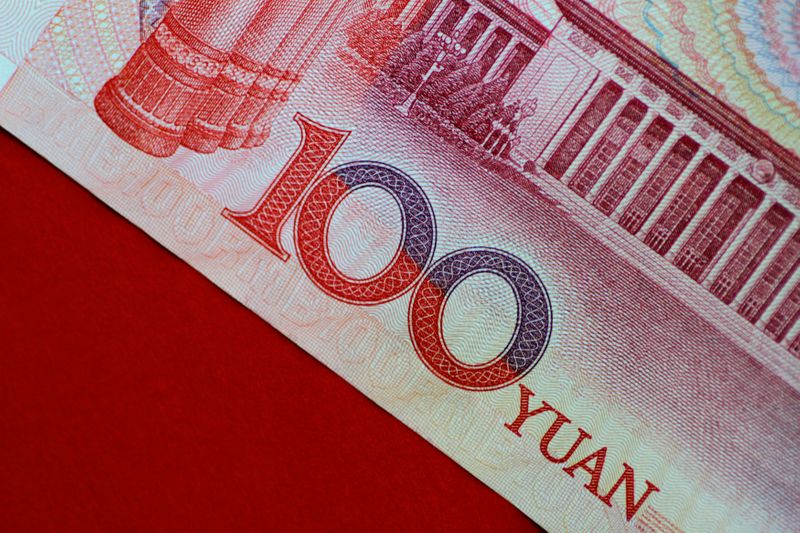By Gabriel Burin, Vuyani Ndaba and Vivek Mishra
BUENOS AIRES/JOHANNESBURG/BENGALURU (Reuters) - Emerging market currencies will likely give back recent gains if a resurgence of the coronavirus pandemic continues in the second half of the year, driving foreign exchange flows to the safer U.S. dollar, a Reuters poll of market strategists showed.
The real (BRBY), the rouble
The outlook for these emerging economies keeps worsening due to the unrelenting health crisis, with Brasilia engulfed in political rows, the Kremlin tightening its grip and Indian cities suffering from a lack of adequate infrastructure.
Over 90%, 63 of 68 respondents in the June 25-July 1 Reuters poll said a second shock from the pandemic would boost the dollar, as in March, when anxious investors dashing for the greenback dealt EM FX its steepest loss since May 2012, according to an MSCI index. (MIEM00000CUS)
"A second wave of the COVID-19 pandemic represents the major risk," said Roberto Mialich, FX strategist at UniCredit. "If so, we can expect investors to stay in the greenback or even increase their long exposure."
He added emerging market currencies would bear most of the brunt in the event that investors and traders became defensive once again. But he said global conditions would gradually improve, meaning less exposure to the dollar.
While the real is expected to strengthen almost 8% from Wednesday's rate in one year, it would still end 2020 with a 21.2% loss, the biggest since the currency crashed almost 33% in 2015 as Brazil struggled with major political upheaval.
The rouble is forecast to trade 4.7% higher in 12 months after probably shedding 9.6% this year, which would be its weakest since 2018, when it was hit by sanctions related to Russian businessmen and the poisoning of an ex-spy in Britain.
GLOBAL LIQUIDITY SUPPORT
Global liquidity, another determinant for high yielding assets, will probably remain a positive driver for emerging market currencies in coming months as the world's top central banks take stock of the likely repercussions from the latest coronavirus spike.
Extremely low rates and quantitative easing (QE) steps adopted since the initial virus wave will probably keep supporting currencies from developing nations. But no additional stimulus seems to be in the pipeline for now.
Trade frictions are also set to play a role in the near future, despite Washington's efforts to tone down any excessive rhetoric against China in the face of persistent differences with the United States.
Estimates for the yuan show the strictly-regulated unit trading at or above the mark of 7.0 per dollar in the next 12 months, an additional sign of caution for the world's No.2 economy and for the entire set of EM FX.
The Indian rupee is forecast to fall 5.7% on an annual basis by the end of year, its 9th year in the last 10 in the red. After that, it is expected to recover marginally to trade nearly 1.0% higher a year from now.
The outlook for South Africa's rand
The Turkish lira

(Reporting and polling by Gabriel Burin in Buenos Aires, Vuyani Ndaba in Johannesburg and Vivek Mishra in Bengaluru; Editing by Ross Finley, William Maclean)